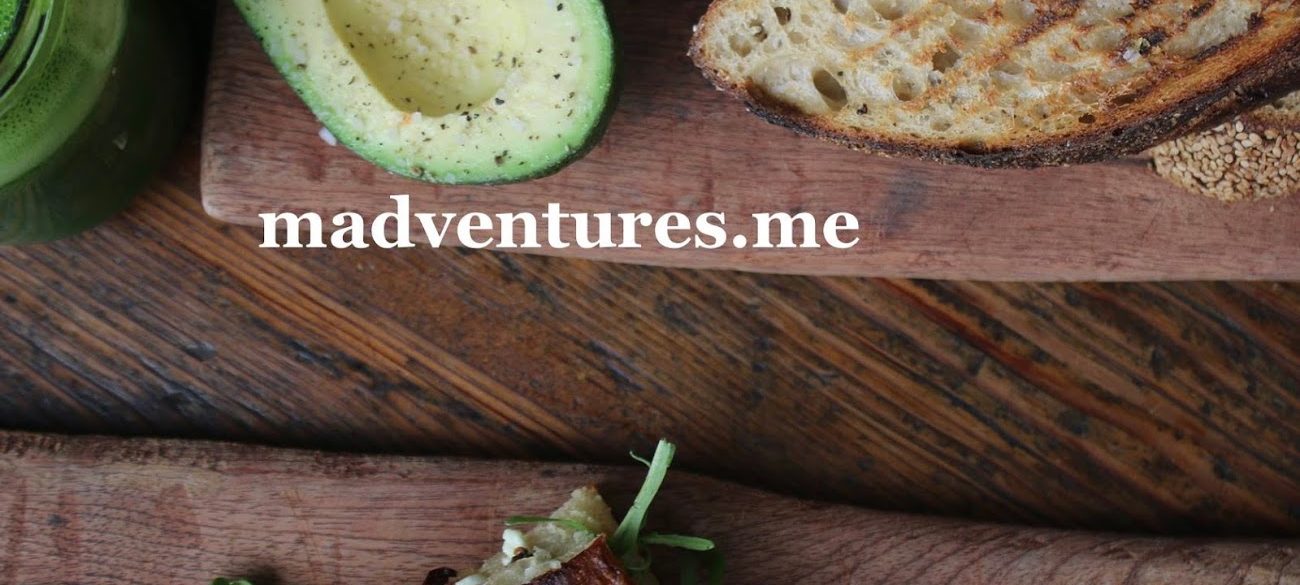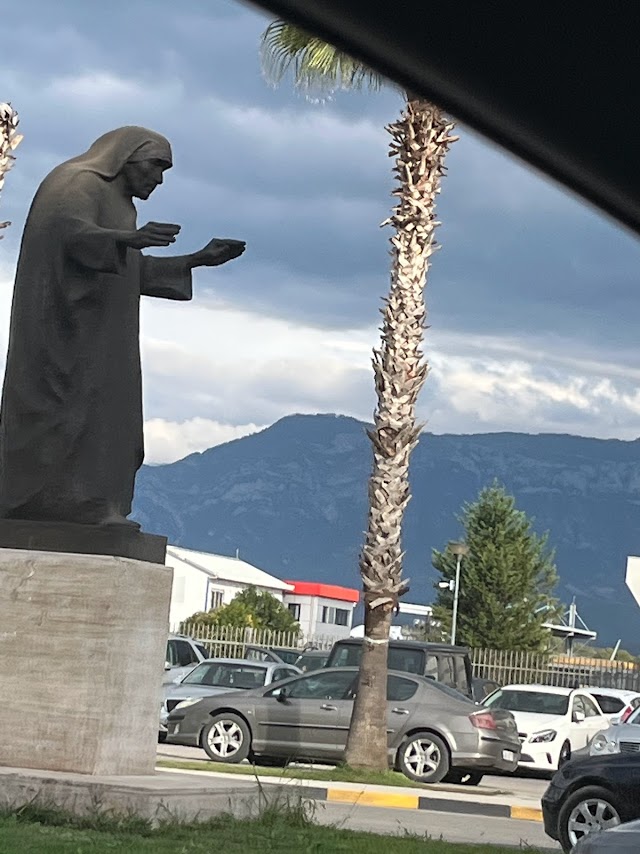With those words, Augustus (as Octavian was known from 27 BCE) declared the Roman Empire’s conquest of Egypt. As I was considering the end of my Roman adventure, I felt like I needed to go to Egypt so see that important part of the Roman world. Although Rome is modern, it seems to live on as the Rome of 2,000 years ago. Back then, Alexandria was the Roman capital of Egypt. I hear that modern day Alexandria is a very mediterranean city. I did not go there. I went to Cairo.
Cairo reminded me a lot of Dhaka. But a scarier, more aggressive Dhaka. In Cairo, I could see how as a single woman, one would feel danger. I didn’t feel scared but I was also never alone. When my friend and I were in the souk, she wouldn’t let us go into the long narrow stalls because it was too dangerous. She made the vendors bring things out to the street for us to look at. Maybe I was more oblivious back then, but in Dhaka, I never felt that the men were too aggressive. They tended to want to take photos and stare but I was not too worried about getting mugged or molested. Maybe it’s my memory changing the reality or maybe I was more naive. I was also almost never alone in Dhaka.

The first day, my friend took me to the souk, the Khan el-Khalili market, as that was my wish. It was hot so that trip was fast. I got my postcards and we left. We ate lunch at a place in the souk. It is a very touristy place and my friend had to insist on some of the local dishes rather than the grilled meat platters being pushed on all the other tourists. I had the falafel which in Egypt is made with fava/broad bean rather than chickpea/garbanzo, and I had the baba ganoush, and the other dips. I liked the stretchy flat bread. There was always too much food and I could see that the Egyptians are extremely hospitable. The next day, we went to a cosmopolitan bakery in the Maadi and that was also nice. That neighborhood had the same dusty streets and dusty buildings of Dhaka.
The next day, the sun was out and the sky was a pale blue color. Sort of. Another Egyptian friend, Mohamed, a former colleague who had worked with me in Dhaka, and a colleague from that time picked me up with a driver for a day out. When my friend picked me up, he had to come in and have a bit of fruit and coffee. Hospitality is king. The day turned out to be like one of those days in Dhaka which went from 9 am to 11 pm. The driver was filled with facts and his English was good. I told him that he should be a guide. He said that he was! My friends had hired him for the day. We went to the Coptic Cairo (Old Cairo). On this street, there is a famous ruin from Roman occupation times, 2,000 years ago (30 BCE when Augustus conquered Egypt). The fort was built in Babylon and years later, the Hanging Church is built on top of the Roman fortress.

Finally, I had to see the pyramids. They recommended the ring road. The pyramids looked quite nice from the distance and from an air conditioned car. I remarked so. At one point, the guide slowed down so that I could get the ultimate photo of a lush green field, a camel and donkey under two palm trees, and in the distance, the only remaining wonder of the ancient world, the pyramids. For breakfast, around noon, we went to a place that my Egyptian friend chose. It was a place where they make “Egyptian pizza” or “fatayer” which is thin layers of dough with filling. One was with honey and others were savory. We had one with mozzarella, bell peppers, and thin slices of dried meat. Then we had another with smoked sausage. All beef. This dish is my favorite Egyptian food so far. The dough is fried in clarified butter and the pastry takes on the sheen of golden stain glass windows. Yummy.

Later in the day, Mohamed asked if we were ready for dinner. My other friend recommended “Hagooga” a local place. Very local. So new and local that even Mohamed had never been. We went around 6 pm and it was not to busy but most of the 40 tables inside were filled with families and others. Only Egyptians. We sat indoors. This restaurant was so local that even the locals ignored us, the only foreigners.

I got to try the famous “whisky” which is the salad dressing water from making the salad. We got the grilled meats, and other dips or “mezze” – not sure what it’s called in Egypt. I still preferred the breakfast pizza. At one point, Mohamed told me not to fill up on bread because we still had dessert. When were stepped outside, the courtyard was light with string lights and every table was filled with diners. There were twenty people waiting for tables. Another entertaining thing about Hagooga’s is that everything is branded with her smiling face and name. Even the brass lamps had her name stamped out.

Most of the local women I saw in Cairo had their hair covered. I asked if this was law and although it is not, they cover their hair. It is windy, sunny, and dusty in Cairo, so I could see why it would make sense to keep one’s head covered. My friend also told me that most of them go and have their hair washed once per week, so maybe that is another reason.

For dessert, we went into Rehab City, a gated city. It was like entering Miami. We went to an outdoor mall/market and Mohamed got us platters of sweets. I recognized baklava but I don’t know the names of the others. I teased Mohamed that this, the eating of dessert, was the most serious I had seen him all day. The weather was quite pleasant at this point and I can see why the Egyptians are night people. I also saw a chicken shawarma that was at least 200 pounds. After the sweets, Mohamed said that it was time for gelato. We protested but then he mentioned that they have mastic/mistica. I had to try it. I first tried mistica 20 years ago in Greece. In Greece, the mistica, a white honey like textured resin from a mediterranean bush, is served on a teaspoon in a glass of water. One licks a bit of the mistica off and sips a bit of water, each sweetening the other. This gelato was not like that.

Finally, the fun day out was over. Just like my tour of the ancient Roman empire, and Rome.





















































